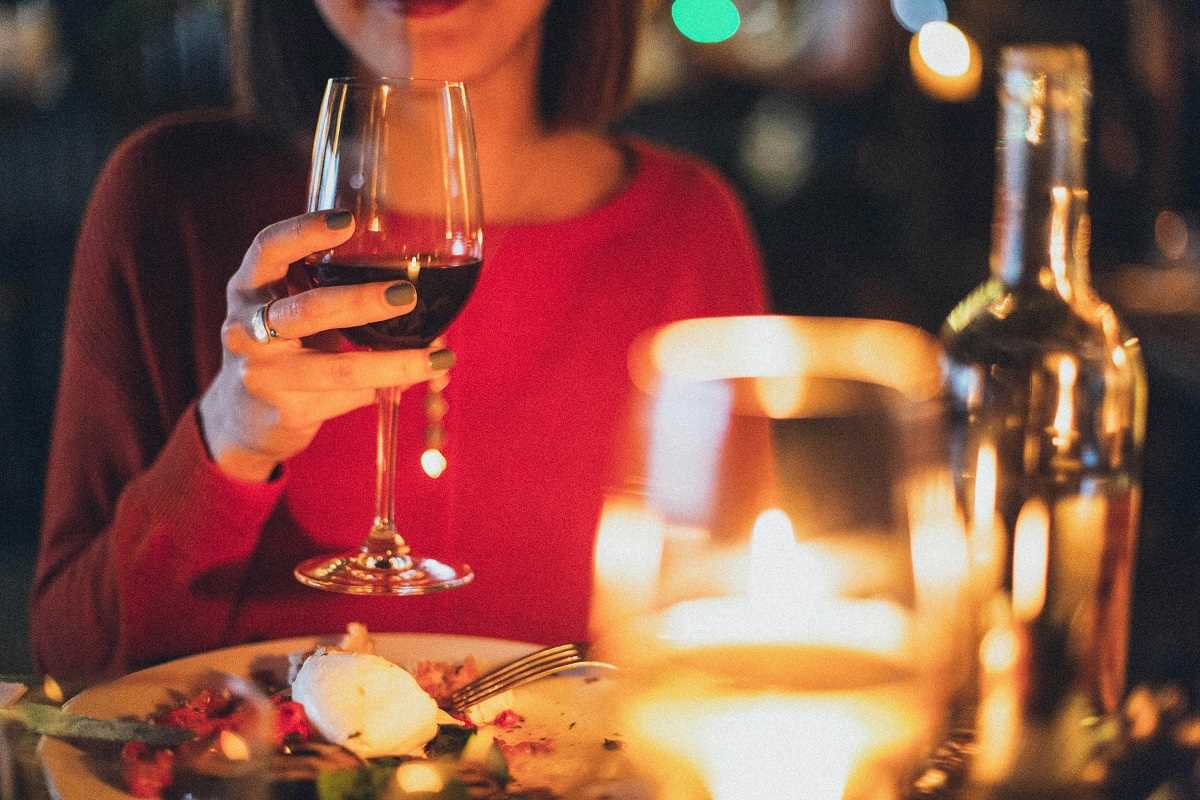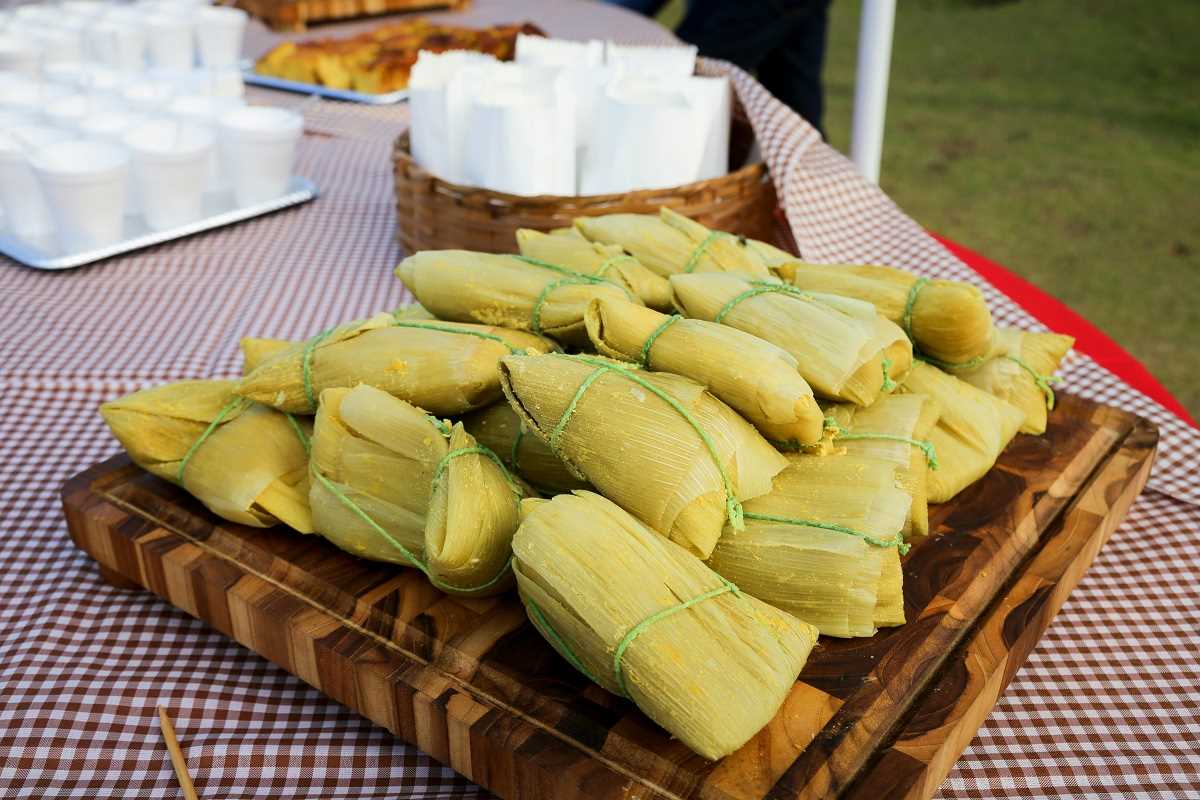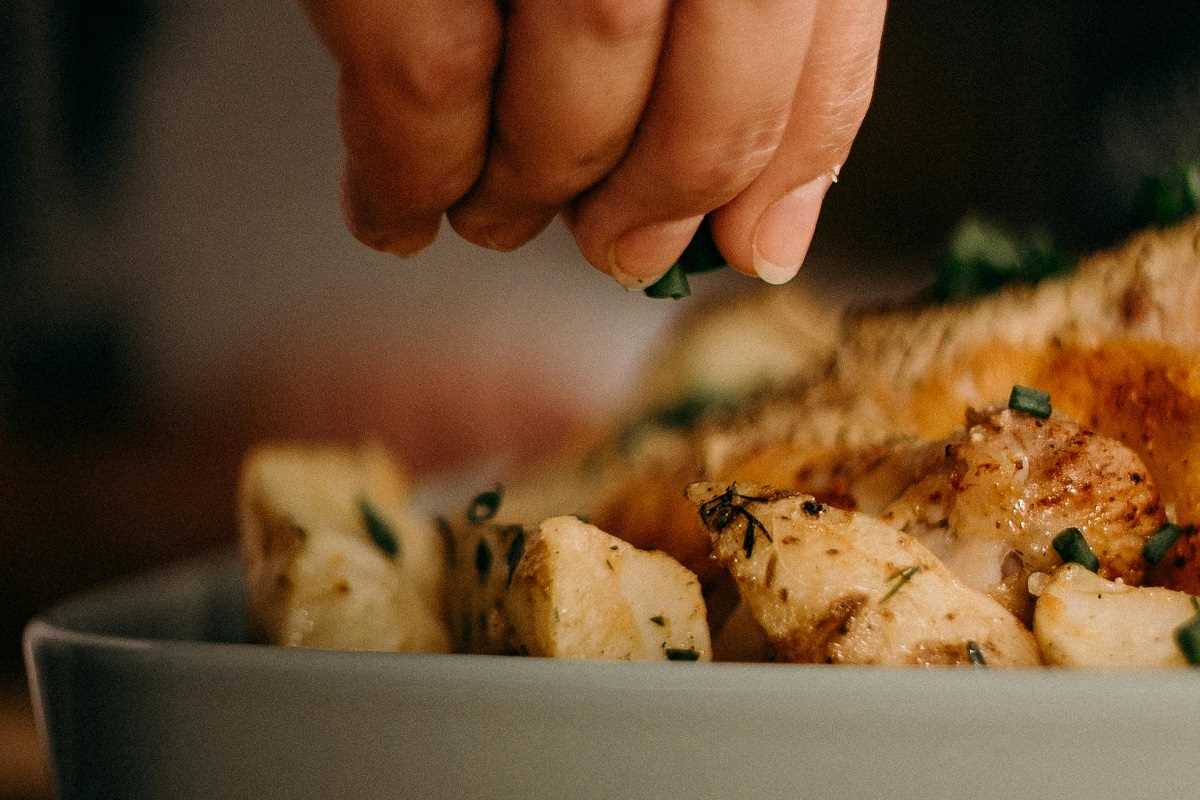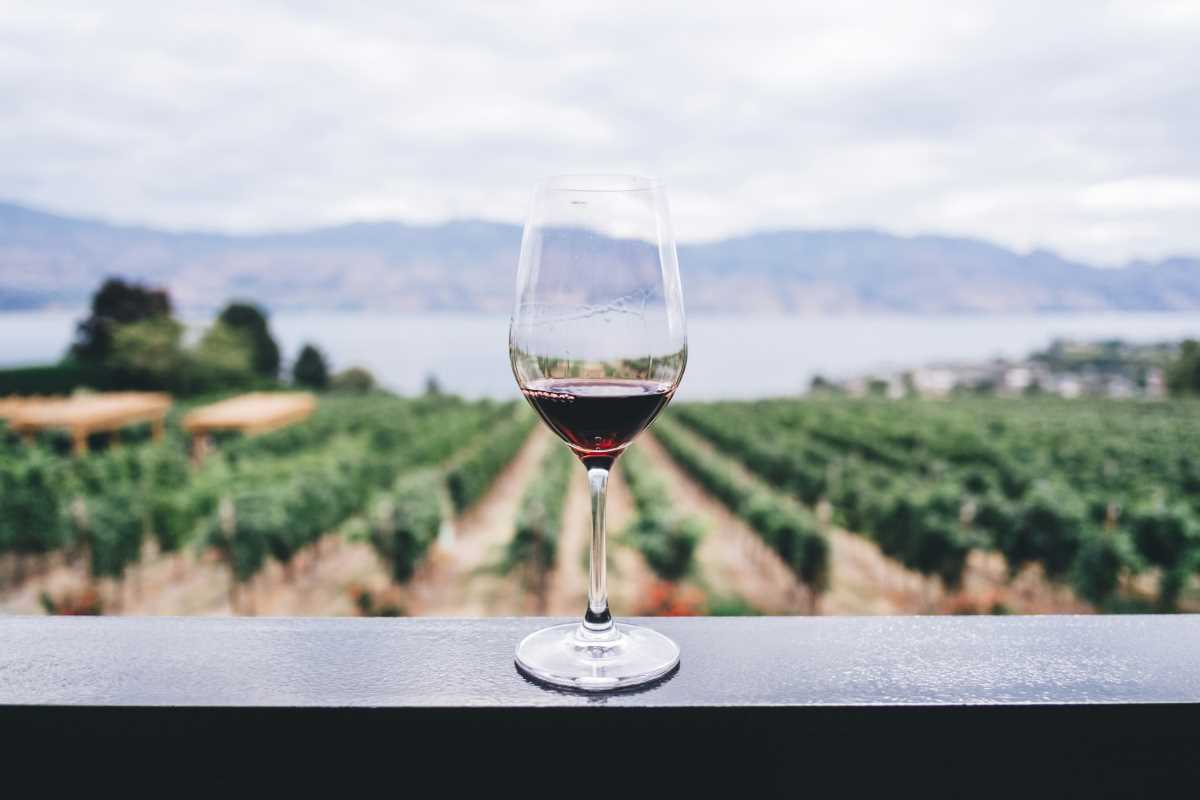Pairing local dishes with unique drinks can turn a simple meal into a memorable experience. Savor a rich cassoulet in southern France with a glass of chilled chestnut liqueur, or enjoy spicy Sichuan hotpot with a refreshingly light rice wine to balance the heat. When food and drink complement each other, every bite and sip becomes more enjoyable. This guide offers an introduction to the ways these combinations highlight flavors, bring out new textures, and make each meal special. Follow along as you discover how the right match of food and drink adds excitement to culinary adventures around the world.
Fanning the Flavor Flame
Understanding why a carefully chosen drink elevates a regional specialty helps you appreciate culinary traditions more deeply. By matching aroma profiles, acidity levels, and mouthfeel, you create combinations that resonate with local culture and history. Each locale offers unique ingredients and preparation techniques—pairing them with complementary beverages puts both in the spotlight.
Consider how sweetness or tannins in a beverage can highlight herbal or smoky notes in food. In Mexico, a bright, fruity pulque softens the heat of chili-laden moles, while in coastal Vietnam, a crisp rice lager accentuates the briny freshness of grilled seafood. Embracing these pairings reveals new layers of flavor you might never discover by sampling dishes and drinks separately.
Linking texture and temperature also plays a key role. A velvety cheese dish pairs well with the creamy body of a local cider, while a lightly carbonated herbal tea refreshes the palate between bites of rich, fatty meat. Learning to listen to these interactions sharpens your taste buds—and helps you tell stories through each sip and mouthful.
Step-by-Step Pairing Techniques
- Balance Matching – Goal: Achieve harmony between food richness and beverage weight.
- Steps:
- Identify the main texture of your dish—creamy, fatty, or lean.
- Choose a drink with a body that mirrors or contrasts that texture.
- Taste a sip, then a bite, then sip again to confirm harmony.
- Cost: Mid-range wines start around $12 per bottle.
- Tip: For hearty stews, pick a medium-bodied red with moderate tannins to avoid overpowering the palate.
- Steps:
- Acidity Alignment – Goal: Brighten heavy or tangy flavors and refresh your mouth.
- Steps:
- Note acidic ingredients—citrus, vinegar, tomato.
- Select a beverage with equal or higher acidity.
- Test both together to ensure balance.
- Metric: Drinks with pH ~3.2–3.5 work best; many sparkling wines fit here.
- Tip: In seafood towns, a citrusy, natural-fermentation cider refreshes between bites of grilled fish.
- Steps:
- Spice Taming – Goal: Soften heat and enhance aromatics in spicy dishes.
- Steps:
- Assess the spice level—mild, hot, or numbing.
- Choose a low-alcohol, slightly sweet beverage.
- Alternate small sips with bites, adjusting until comfortable.
- Availability: Off-dry white wines cost $15–$25.
- Tip: A touch of residual sugar in Riesling mellows Sichuan peppercorn’s tingling heat.
- Steps:
- Texture Contrast – Goal: Create interplay between food and drink textures.
- Steps:
- Determine if your dish is dense or crisp.
- Pair bubbly or effervescent drinks with creamy or fatty foods.
- Sip between bites for a lively lift.
- Cost: Quality champagnes and crémants start at ~$20.
- Tip: Sparkling sake pairs beautifully with buttery shellfish in coastal regions.
- Steps:
- Temperature Harmony – Goal: Match serving temperatures for balance.
- Steps:
- Identify the dish’s serving temperature—hot, warm, cool.
- Serve drinks at a complementary temperature.
- Alternate spoonfuls and sips to test comfort.
- Availability: Beers and chilled teas typically served at 4–7°C.
- Tip: For warm spiced curries, a cool unsweetened green tea refreshes the palate.
- Steps:
Find inspiration in the rich history of local drinks that have been made for centuries and pair effortlessly with modern takes on regional classics. Try inventive combinations—like pairing a smoky mezcal with Korean barbecue—to spark conversation and delight everyone at the table.
Regional Highlights and Sips
The rolling vineyards and snow-capped Alps of northern Italy produce light, nutty vermouths that match perfectly with the region’s creamy risottos. In northern Spain, the crisp minerality of txakoli cuts through the richness of Basque pintxos, making each bite more flavorful. Travel east to Hungary and try a glass of pét-nat Tokaji to see how its gentle fizz livens spicy goulash.
On Japan’s Seto Inland Sea, delicate Hiroshima oysters find their perfect match in a sharp, lightly oaked Junmai sake. Visitors in South Africa enjoy the vineyard-cooled Windhoek lager alongside smoky boerewors—each sip balances the charred notes beautifully. Across southern India, tangy panha from raw mangoes cuts through the heat of a fiery vindaloo, creating a memorable sour and spicy flavor combo.
Insider Tips for Memorable Meals
When ordering, ask local chefs and bartenders about recent successful pairings—they often experiment with seasonal ingredients off-menu. Request small tasting pours to help you find what you like without committing to full glasses. Keep a small notebook or use your phone to record combinations that surprise you, noting details like vintage, temperature, and how you serve each one.
Plan your drinks carefully: start with lighter, fresher beverages before moving to richer, heavier ones. When tasting multiple dishes, reverse the order—sip the boldest beverage last to prevent it from overshadowing subtler flavors. Always serve sparkling or chilled drinks in clean glasses; any lingering odors or residues can dull the sensory experience.
Putting It into Practice
Explore local markets, dairies, and chef’s tables to experience authentic food-and-drink pairings firsthand. Back home, recreate these combinations by sourcing artisanal bottles and hosting themed dinners with friends. Each pairing tells a story, helping you savor regional flavors while building lasting memories around the table.
 (Image via
(Image via





